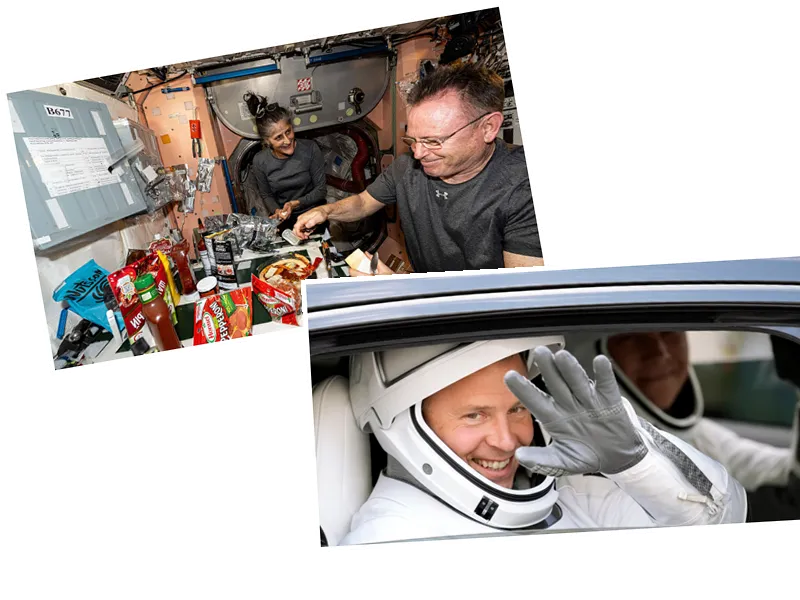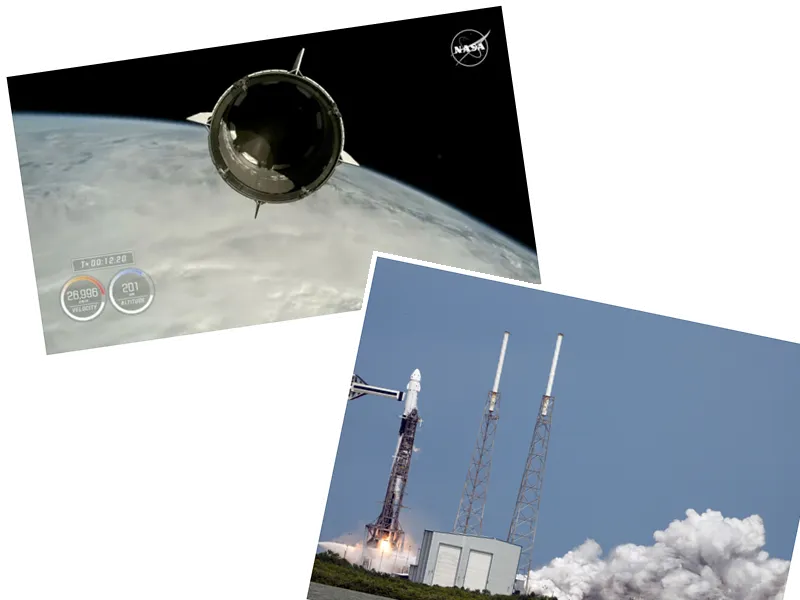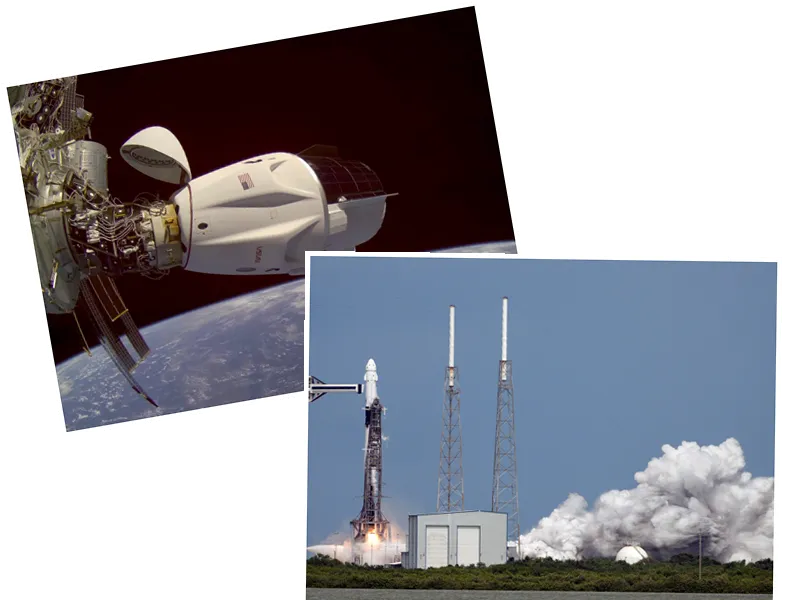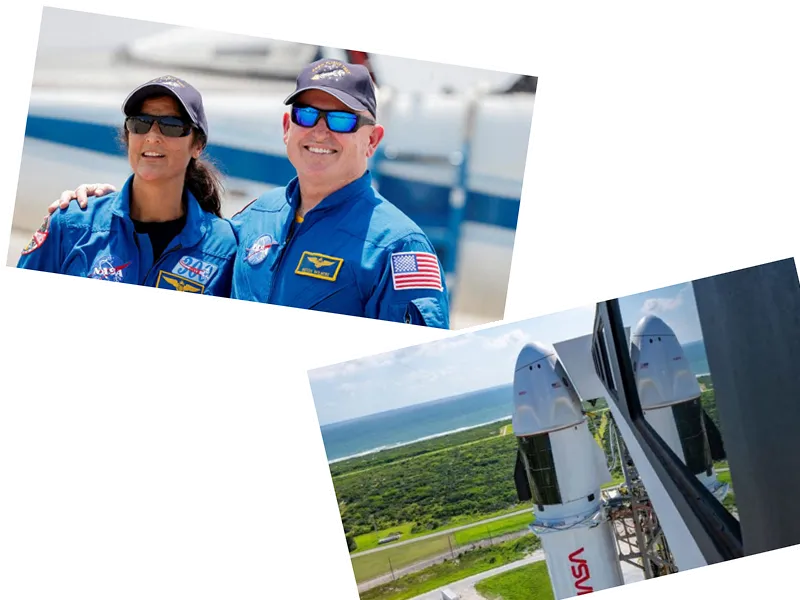Boeing's Starliner Capsule: A Troubled Test Mission
The recent unmanned landing of Boeing's Starliner capsule in New Mexico marks a significant moment in the ongoing challenges faced by the aerospace manufacturer. After a three-month test mission that was supposed to last only eight days, the capsule returned to Earth following a series of technical problems, particularly with its thrusters. Originally launched on June 5, the Starliner successfully docked with the International Space Station (ISS) but encountered multiple issues that delayed its return.
Technical Setbacks and Financial Implications
The mission, which was intended to demonstrate the safety and reliability of the Starliner for future crewed flights, has instead highlighted the difficulties Boeing faces in its efforts to gain official certification. The spacecraft's thruster system experienced significant failures, including five malfunctioning thrusters and helium leaks, prompting NASA to deem it unsafe for the planned crew return. The financial toll has also been steep, with costs associated with the Starliner program exceeding $1.6 billion since its inception in 2016.
Future Plans and NASA's Commercial Crew Program
Despite these setbacks, NASA remains optimistic about the Starliner's potential. The astronauts originally aboard, Barry 'Butch' Wilmore and Sunita 'Suni' Williams, will return to Earth via a SpaceX vehicle in February 2025, while Boeing continues its investigation into the propulsion failures. The upcoming Crew 9 mission, scheduled for September 24, will see the return of the Starliner astronauts aboard a SpaceX spacecraft, emphasizing the ongoing collaboration and competition in NASA's Commercial Crew Program.






